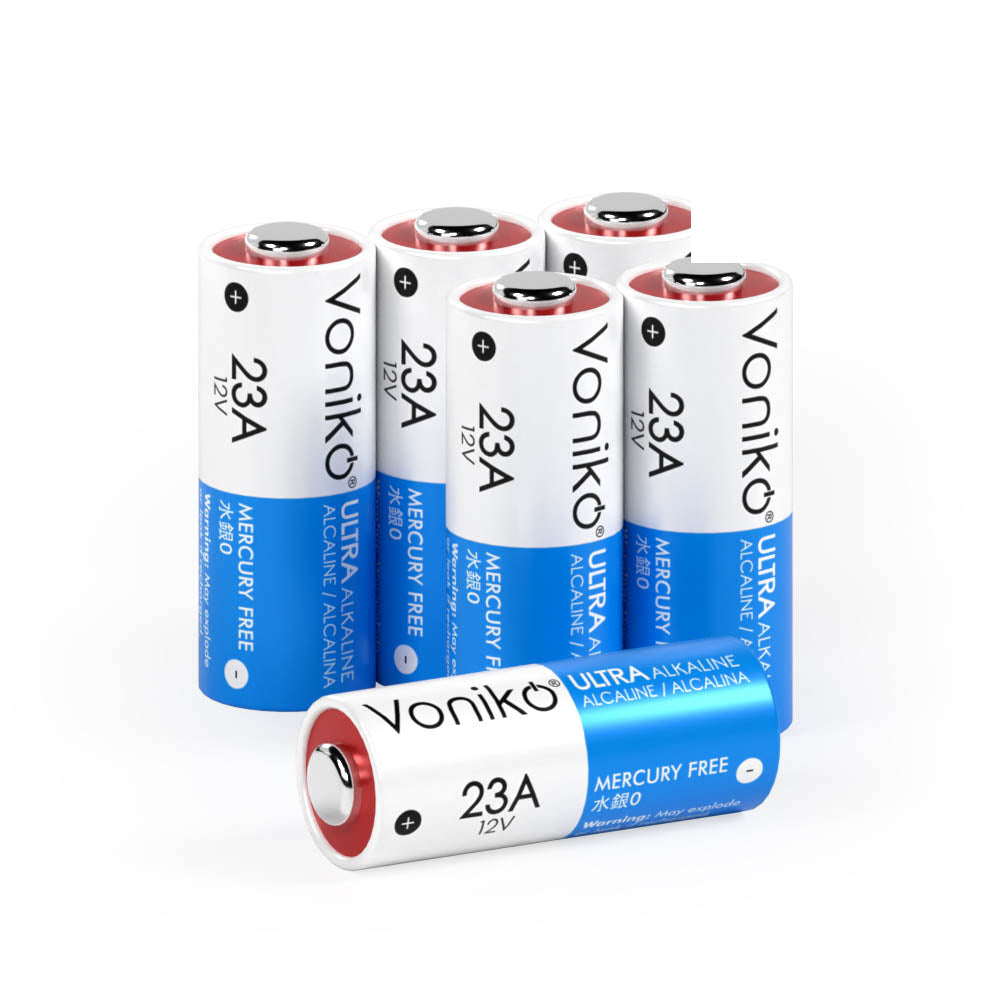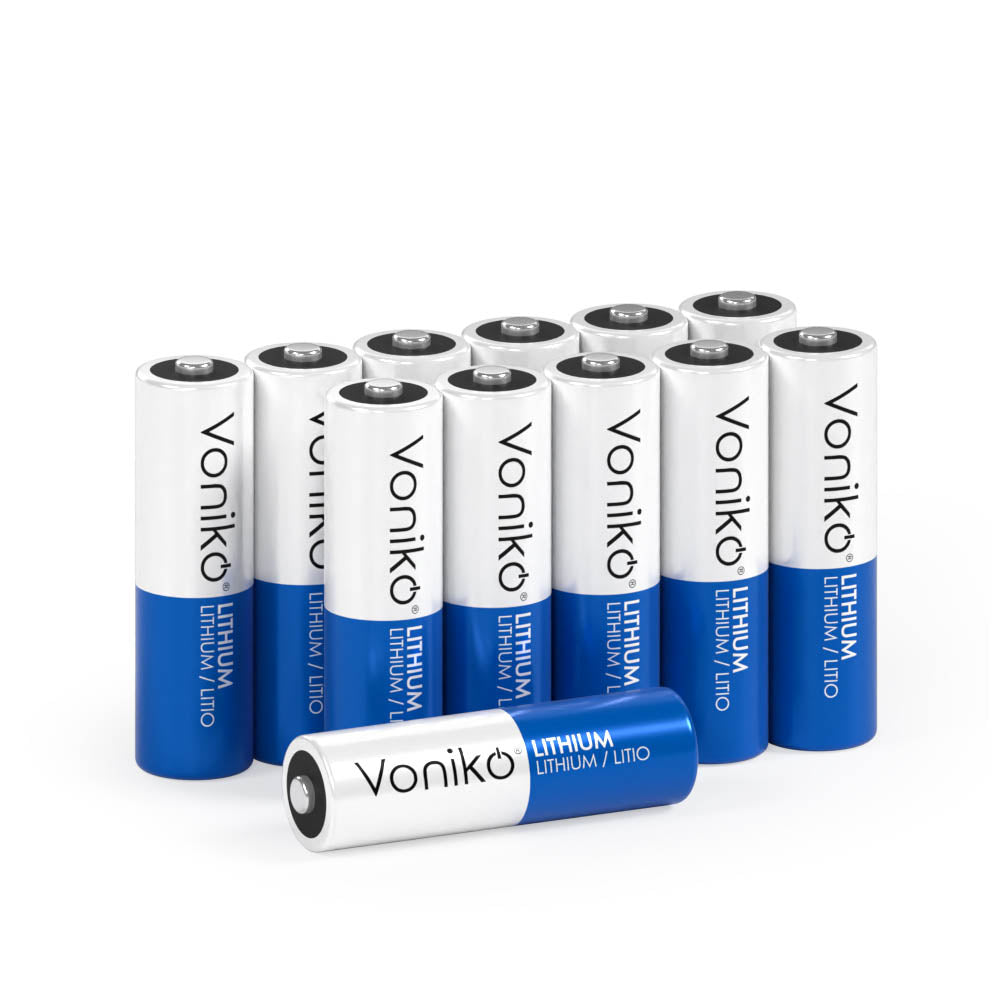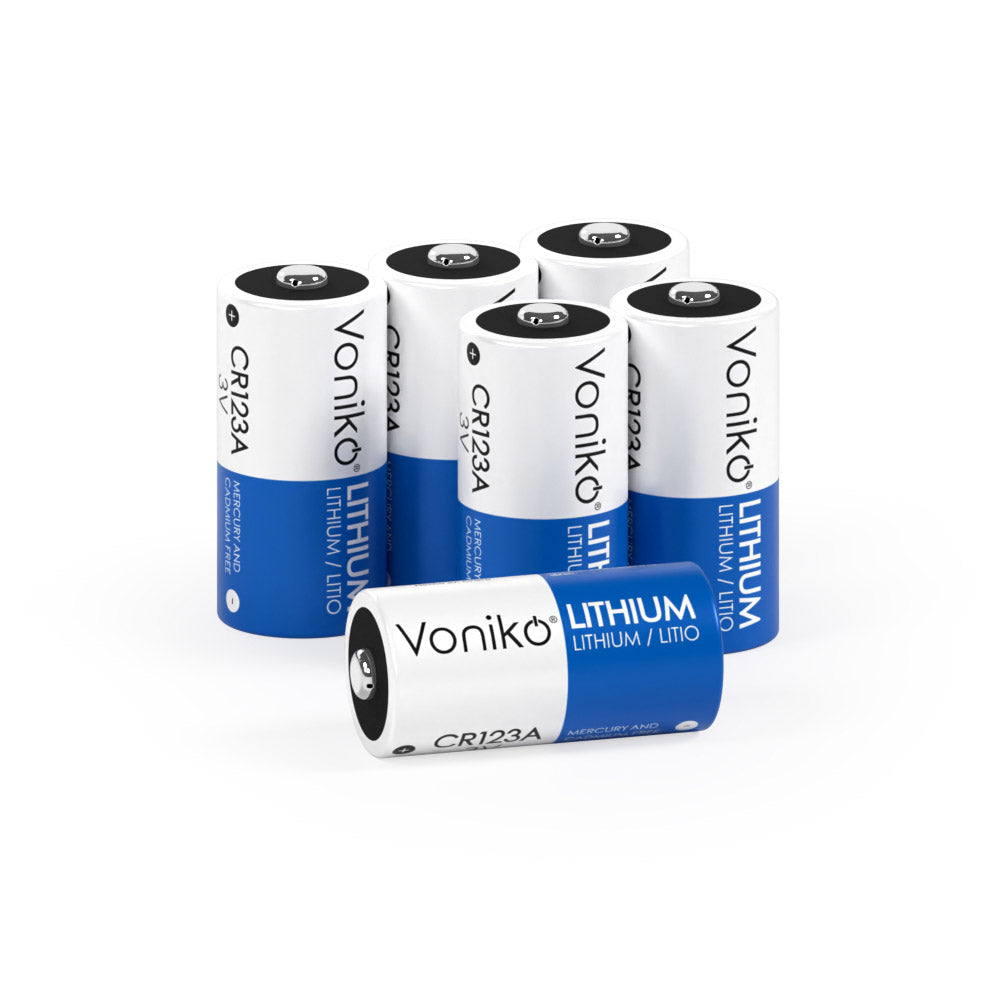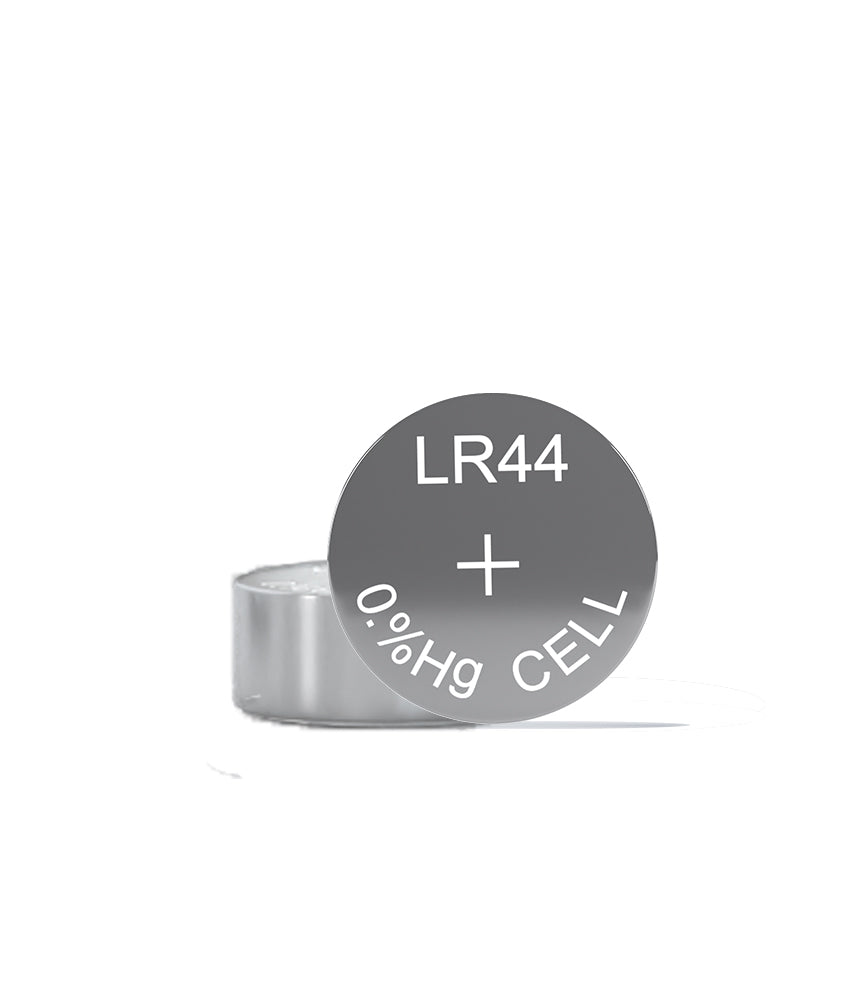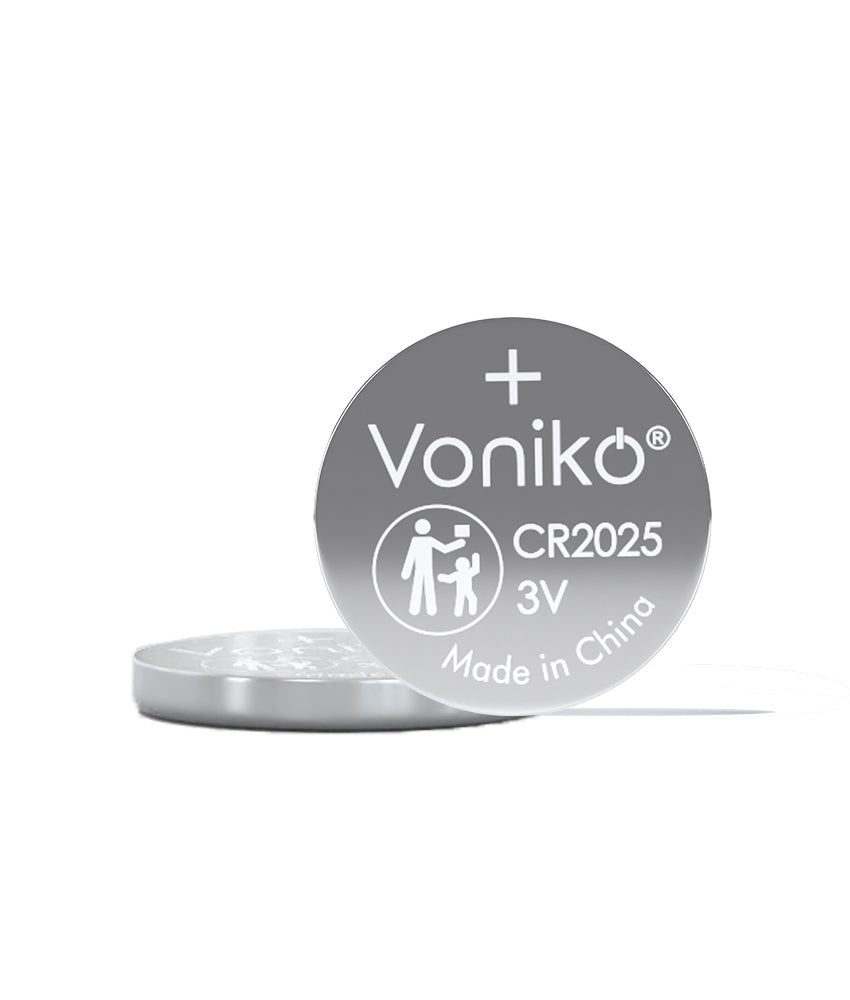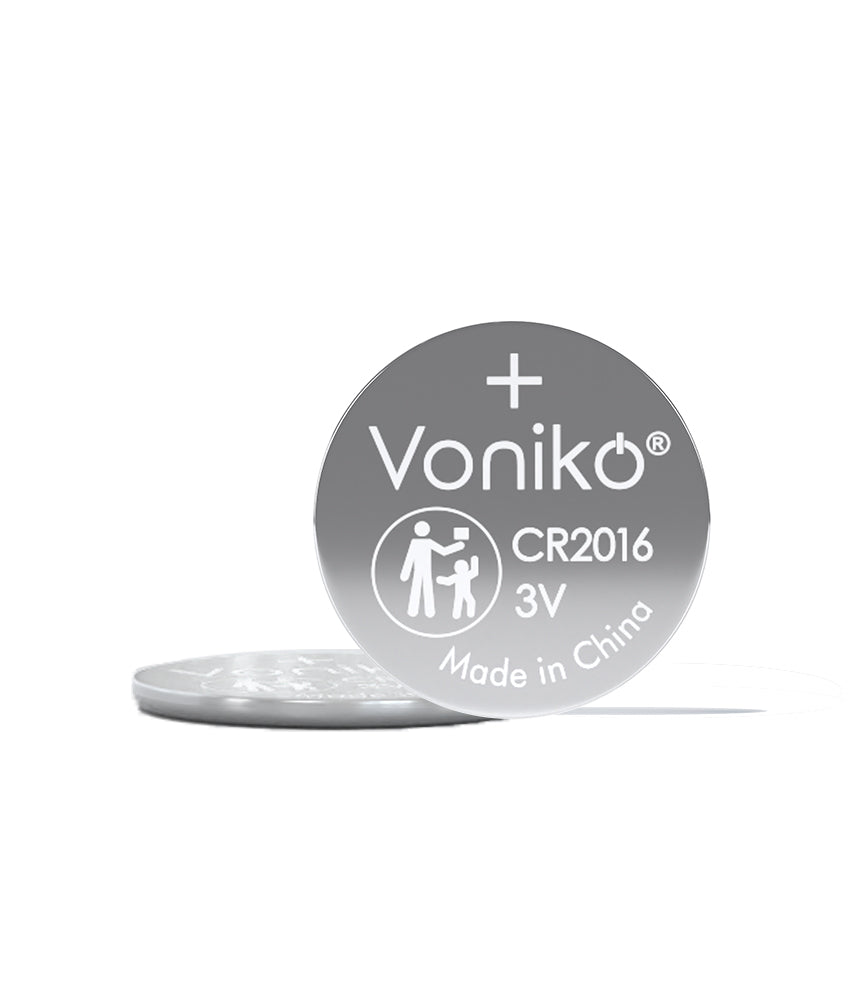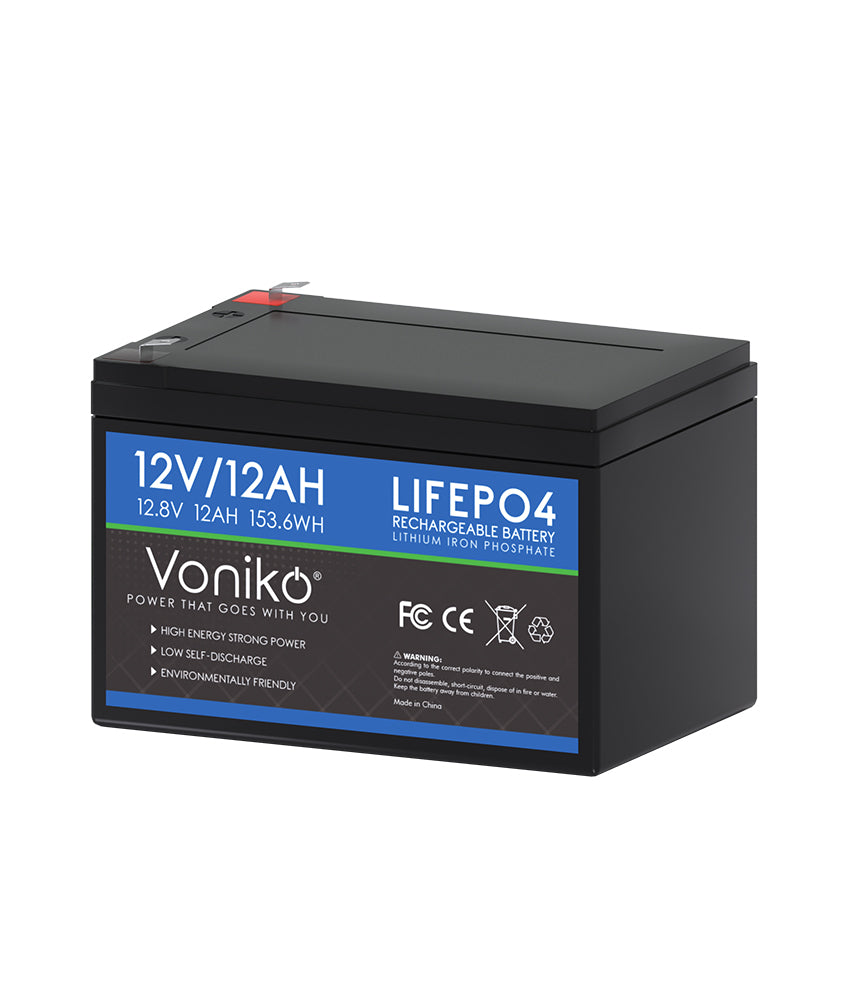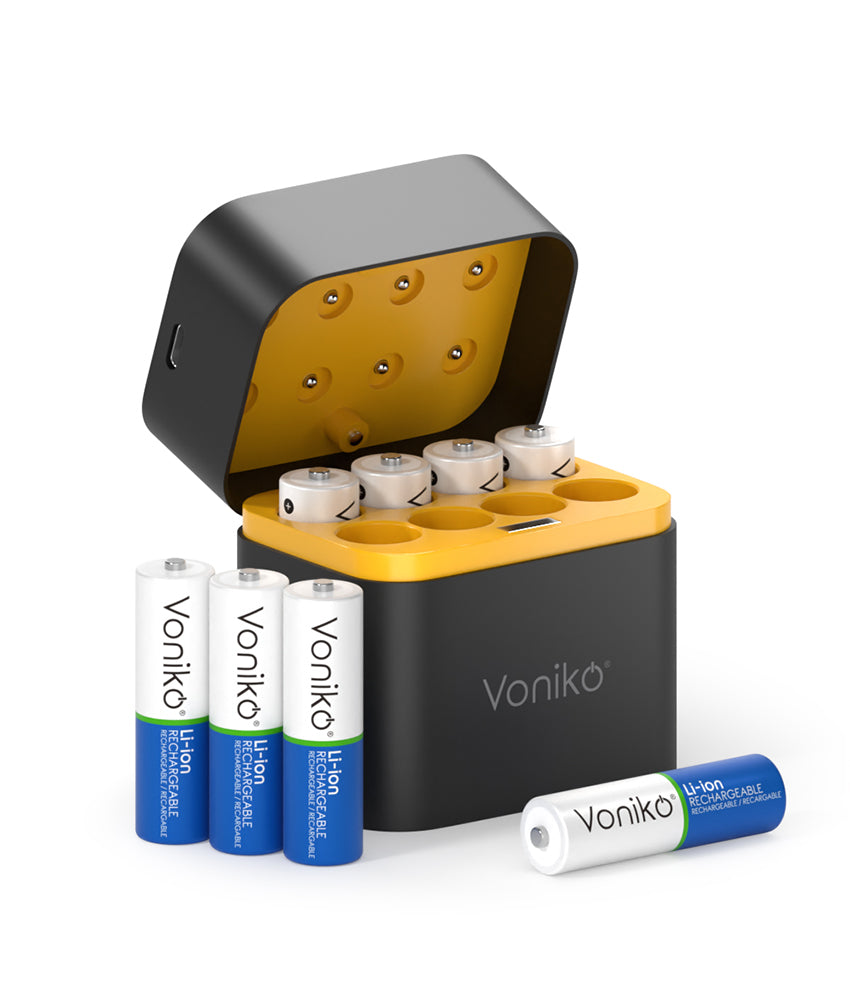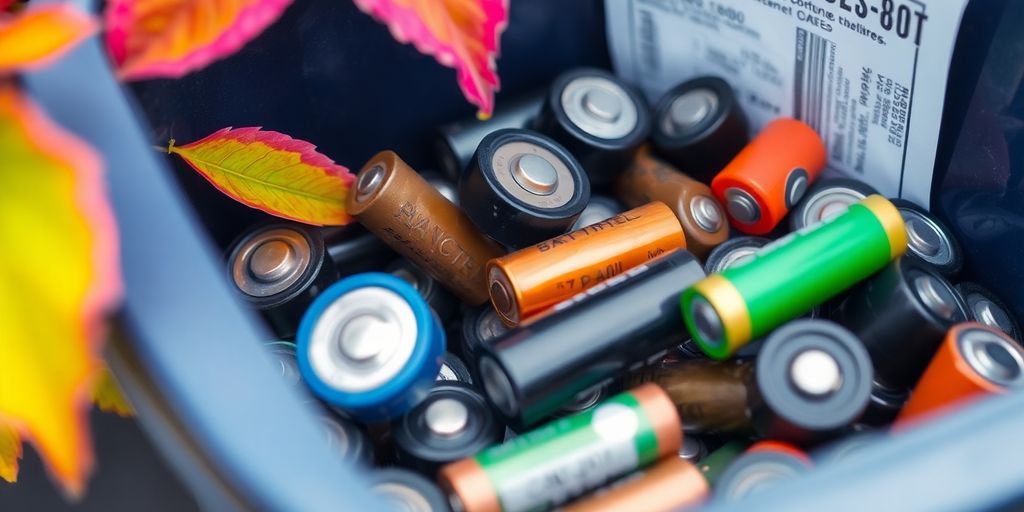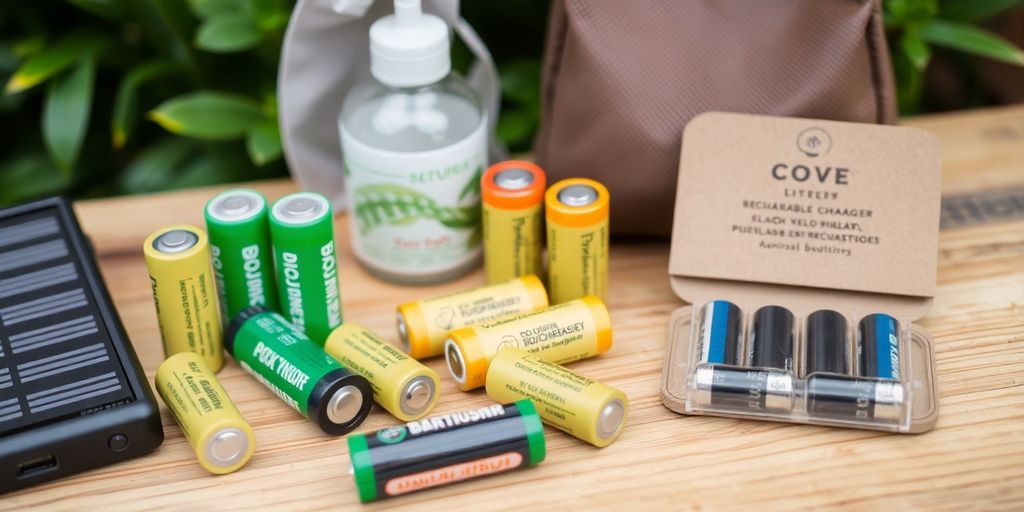Understanding Battery Take-Back Programs
Definition and Purpose
Okay, so what exactly are battery take-back programs? Basically, they're systems designed to collect used batteries from consumers so they can be recycled or disposed of properly. The main goal? To keep harmful materials out of landfills and recover valuable resources. Think of it as a way to give old batteries a second life, instead of just tossing them in the trash. It's a pretty straightforward idea, but it can have a big impact.
Types of Battery Take-Back Programs
There are a few different ways these programs can work. Some are run by manufacturers, who take responsibility for recycling the batteries they produce. Others are managed by retailers, who provide collection points for consumers to drop off their used batteries. And then there are community-based programs, often organized by local governments or environmental groups. Each type has its own strengths and weaknesses, but they all share the same goal: to make it easier for people to recycle their batteries. For example:
- Manufacturer-led programs: These often focus on specific battery types.
- Retailer-led programs: These are convenient because they leverage existing store locations.
- Community-led programs: These can be very effective at raising local awareness.
Key Stakeholders Involved
Lots of different players are involved in making battery take-back programs work. Consumers are a big part of it, since they're the ones who need to actually bring in their used batteries. Manufacturers play a role by designing batteries that are easier to recycle and by funding or managing take-back programs. Recyclers are the ones who actually process the batteries and recover the materials. And governments often set the regulations and provide incentives to encourage participation. It's a team effort, and everyone needs to do their part to make it successful.
Environmental Impact of Battery Recycling
Reduction of Toxic Waste
Okay, so batteries, when they end up in landfills, can be a real problem. They leach some seriously nasty stuff into the ground, like heavy metals and corrosive materials. Think mercury, lead, cadmium – things you definitely don't want seeping into the soil and water. Recycling batteries keeps these toxins out of the environment, which is a huge win. It's not just about feeling good; it's about preventing long-term contamination that can mess with ecosystems and even our health. I mean, nobody wants to drink water that's been hanging out with a bunch of old batteries, right?
Conservation of Natural Resources
Think about what goes into making a battery. You need all sorts of raw materials: lithium, cobalt, nickel, manganese... the list goes on. Mining these materials can be pretty rough on the planet, leading to habitat destruction, water pollution, and a whole bunch of other environmental headaches. Recycling batteries lets us recover these materials and reuse them. It's like getting a second chance! We don't have to dig up as much new stuff, which means less environmental damage overall. Plus, it helps secure the supply chain for these critical minerals, which is becoming increasingly important. Check out this table:
| Material | Source | Impact of Mining |
|---|---|---|
| Lithium | Brine Deposits, Hard Rock | Water depletion, habitat loss |
| Cobalt | Congo Mines | Ethical concerns, pollution |
| Nickel | Laterite Ores, Sulfide Ores | Deforestation, acid rain |
Lowering Carbon Footprint
Making new batteries from scratch? That takes a lot of energy. Mining, processing, manufacturing – it all adds up. But recycling batteries? It generally uses less energy than making them from virgin materials. This means a smaller carbon footprint. Less energy consumption translates to fewer greenhouse gas emissions, which is crucial for combating climate change. It's a pretty straightforward equation: recycle more batteries, emit less carbon. Plus, by reducing our reliance on newly mined materials, we also cut down on the carbon emissions associated with transportation and processing those materials. It's a win-win situation for the planet. I read somewhere that using recycled materials can cut the carbon footprint by like, a huge percentage. I can't remember the exact number, but it was significant!
Challenges Facing Battery Take-Back Initiatives
Consumer Awareness and Participation
Okay, so battery recycling programs sound good on paper, right? But getting people to actually participate? That's a whole different story. A big problem is just that many folks don't even know these programs exist. I mean, how many times have you tossed a dead battery in the trash without a second thought? Exactly. And even if people do know, it's not always clear where to take them or what types are accepted. Plus, let's be real, it's just easier to chuck 'em. We need better ways to get the word out and make it super simple for everyone to recycle their batteries.
Logistical Issues in Collection
Alright, let's say you've convinced everyone to recycle their batteries. Great! Now, how do you actually collect all those batteries? It's not as easy as it sounds. Setting up collection points everywhere costs money, and then you have to figure out how to transport them safely. And don't even get me started on the different types of batteries – lithium-ion, alkaline, nickel-cadmium – each needs special handling. It's a logistical nightmare! We need better systems for collecting, sorting, and transporting batteries, or else the whole thing falls apart.
Economic Viability for Recyclers
So, you've got all these batteries collected, ready to be recycled. But here's the kicker: is it actually worth it for the recyclers? Sometimes, the cost of recycling batteries is higher than the value of the materials you get back. For example, LFP batteries don't have valuable metals, so recyclers might not even bother with them. And if metal prices drop, recycling becomes even less attractive. We need to find ways to make battery recycling more profitable, like offering incentives or developing better recycling technologies. Otherwise, recyclers will just focus on the easy stuff, and a lot of batteries will still end up in landfills.
Policy Framework Supporting Battery Recycling
Regulatory Requirements
Okay, so when it comes to battery recycling, there's a bunch of rules and regulations that everyone needs to follow. It's not just a free-for-all where you can toss batteries wherever. These regulations are there to make sure we're handling batteries safely and responsibly, minimizing the risk of pollution and other environmental problems. For example, some places have laws about how batteries need to be collected, transported, and processed. There are also rules about what materials can be used in batteries in the first place, trying to limit the really nasty stuff. It's a whole web of rules, but it's all aimed at making battery recycling work better.
Incentives for Participation
To get more people and companies involved in battery recycling, there are often incentives offered. Think of it like a reward for doing the right thing. These incentives can take different forms. Sometimes, it's a tax break for companies that recycle batteries. Other times, it might be a small payment for consumers who bring in their old batteries to be recycled. The idea is to make it financially appealing to recycle batteries, so more people will actually do it. It's like, "Hey, recycle your batteries, and we'll give you a little something back!" Here are some examples:
- Tax credits for recycling companies.
- Deposit refund programs for consumers.
- Grants for research and development in recycling technology.
Extended Producer Responsibility
Extended Producer Responsibility (EPR) is a big deal in battery recycling. Basically, it means that the companies that make batteries are also responsible for what happens to them at the end of their life. It's not just about selling the battery and forgetting about it. EPR makes producers take responsibility for collecting, recycling, or properly disposing of the batteries they put out into the world. This can involve setting up collection programs, paying for recycling infrastructure, or meeting certain recycling targets. The idea is to make producers think about the whole lifecycle of their products and design them in a way that makes recycling easier and more cost-effective. It shifts the burden from taxpayers and local governments to the producers themselves. This can be achieved through:
- Mandatory take-back programs.
- Financial contributions to recycling schemes.
- Design standards for recyclability.
Evaluating the Effectiveness of Current Programs
Success Stories and Case Studies
Okay, so let's talk about how well these battery take-back programs are actually doing. It's not all doom and gloom; there are some bright spots. For example, that program in Europe where they made manufacturers responsible for taking back batteries? Seemed to work pretty well. They hit some pretty impressive collection rates. The key is often strong regulations and making it easy for people to participate.
Metrics for Measuring Impact
How do we even know if these programs are working? Good question! We need to look at a few things. First, how many batteries are we actually collecting? Is that number going up over time? Second, what's happening with those batteries? Are they really being recycled, or are they just sitting in a warehouse somewhere? And third, what's the environmental impact? Are we actually reducing pollution and saving resources? Here's a simple table to illustrate:
| Metric | Target | 2023 Result | 2024 Result |
|---|---|---|---|
| Collection Rate (%) | 75% | 68% | 72% |
| Recycling Rate (%) | 90% | 85% | 88% |
| Reduction in Landfill (tons) | 1000 | 800 | 900 |
Comparative Analysis with Other Recycling Programs
It's also important to compare battery recycling to other types of recycling. How does it stack up against, say, aluminum can recycling or paper recycling? Are there lessons we can learn from those other programs? Maybe they have better collection methods or more efficient recycling processes. We should also look at the costs. Is battery recycling more expensive than other types of recycling? If so, why, and what can we do about it? Here are some points to consider:
- Collection rates: How do battery programs compare to other recycling programs in terms of the percentage of material collected?
- Processing costs: Is battery recycling more or less expensive than recycling other materials like plastics or glass?
- Environmental benefits: How do the environmental benefits (e.g., reduced pollution, resource conservation) of battery recycling compare to those of other recycling programs?
Future Directions for Battery Take-Back Programs

Innovations in Recycling Technology
Battery recycling is getting a serious tech upgrade! We're not just talking about the same old processes. There's a ton of research going into new methods that can recover more materials, and do it more efficiently. Think about it: current methods often involve a lot of energy and can still leave some valuable stuff behind. New technologies aim to change that by using things like advanced hydrometallurgy or direct recycling, which could drastically reduce waste and energy consumption. Plus, these innovations could make it easier to recycle different types of batteries, even the ones that are currently hard to deal with, like lithium iron phosphate (LFP) batteries. It's a game changer for sure.
Potential for Policy Enhancements
Policy is a big deal when it comes to making battery take-back programs work better. Right now, there's a patchwork of regulations, and it can be confusing for everyone involved. We need clearer rules about things like battery labeling, how to safely transport them, and who's responsible for what. Extended Producer Responsibility (EPR) is one approach that's gaining traction, where manufacturers take on more of the responsibility for recycling their products. Also, incentives can play a huge role. For example, tax credits or subsidies could encourage companies to invest in recycling infrastructure.
Role of Public-Private Partnerships
Public-private partnerships (PPPs) could be key to scaling up battery recycling efforts. Governments can provide funding, set standards, and create a supportive regulatory environment, while private companies bring in their expertise, technology, and investment capital. These partnerships can help overcome some of the big challenges, like the high costs of building recycling facilities and the logistical hurdles of collecting batteries from lots of different places. Plus, PPPs can help ensure that recycling programs are both environmentally sound and economically viable. It's all about working together to create a sustainable system.
Here are some potential benefits of PPPs:
- Shared financial risk
- Access to specialized knowledge
- Faster implementation of projects
Community Engagement in Battery Recycling
Educational Campaigns
Okay, so, getting everyone on board with battery recycling? It's not just about throwing a bin somewhere and hoping for the best. You gotta actually tell people why it matters and how to do it right. Think about it: how many people even know that batteries shouldn't just go in the regular trash? Probably not enough! That's where educational campaigns come in. We need to hit them with the facts – the environmental impact, the benefits of recycling, and the simple steps they can take. This could be anything from social media blitzes to good old-fashioned flyers and workshops. The key is making it easy to understand and relatable. No one wants to sit through a boring lecture, but a catchy video or a hands-on demo? That might actually stick.
Local Initiatives and Events
Alright, let's talk local. Big, national campaigns are cool and all, but sometimes, the real magic happens when you get the community involved on a smaller scale. Think about setting up collection points at local libraries, community centers, or even grocery stores. Make it super convenient for people to drop off their old batteries. And why not throw in some fun events? Battery drives with prizes, recycling workshops, or even partnerships with local artists to create art from recycled battery components. It's all about making recycling a community thing, not just some chore you do because you feel guilty. Plus, when people see their neighbors participating, they're more likely to jump on board too. It's like a recycling domino effect!
Partnerships with Schools and Organizations
Schools and organizations? Total goldmine for battery recycling efforts. Think about it: schools are full of kids who are (hopefully) learning about environmental responsibility. Get them involved! Set up collection programs in classrooms, teach them about the importance of recycling, and even turn it into a competition between classes. And don't forget about other organizations – environmental groups, scout troops, even local businesses. Partnering with these groups can help spread the word, increase collection rates, and create a real sense of community ownership. Plus, it's a great way to get resources and expertise that you might not have otherwise. It's a win-win for everyone involved.
Getting involved in battery recycling is important for our community and the planet. By participating in local recycling programs, you can help reduce waste and protect the environment. Join us in making a difference! Visit our website to learn how you can get started with battery recycling today!
Wrapping Up: The Future of Battery Take-Back Programs
In the end, battery take-back programs are a step in the right direction for protecting our environment. They help keep harmful materials out of landfills and promote recycling, which is crucial as electric vehicles become more common. Sure, there are challenges, like getting people to participate and making sure the recycling process is efficient. But with the right support from policymakers and companies, these programs can really make a difference. As we look ahead, it's clear that investing in these initiatives is not just good for the planet, but also for our communities and economies. Let's keep pushing for better battery recycling solutions and make a real impact.




